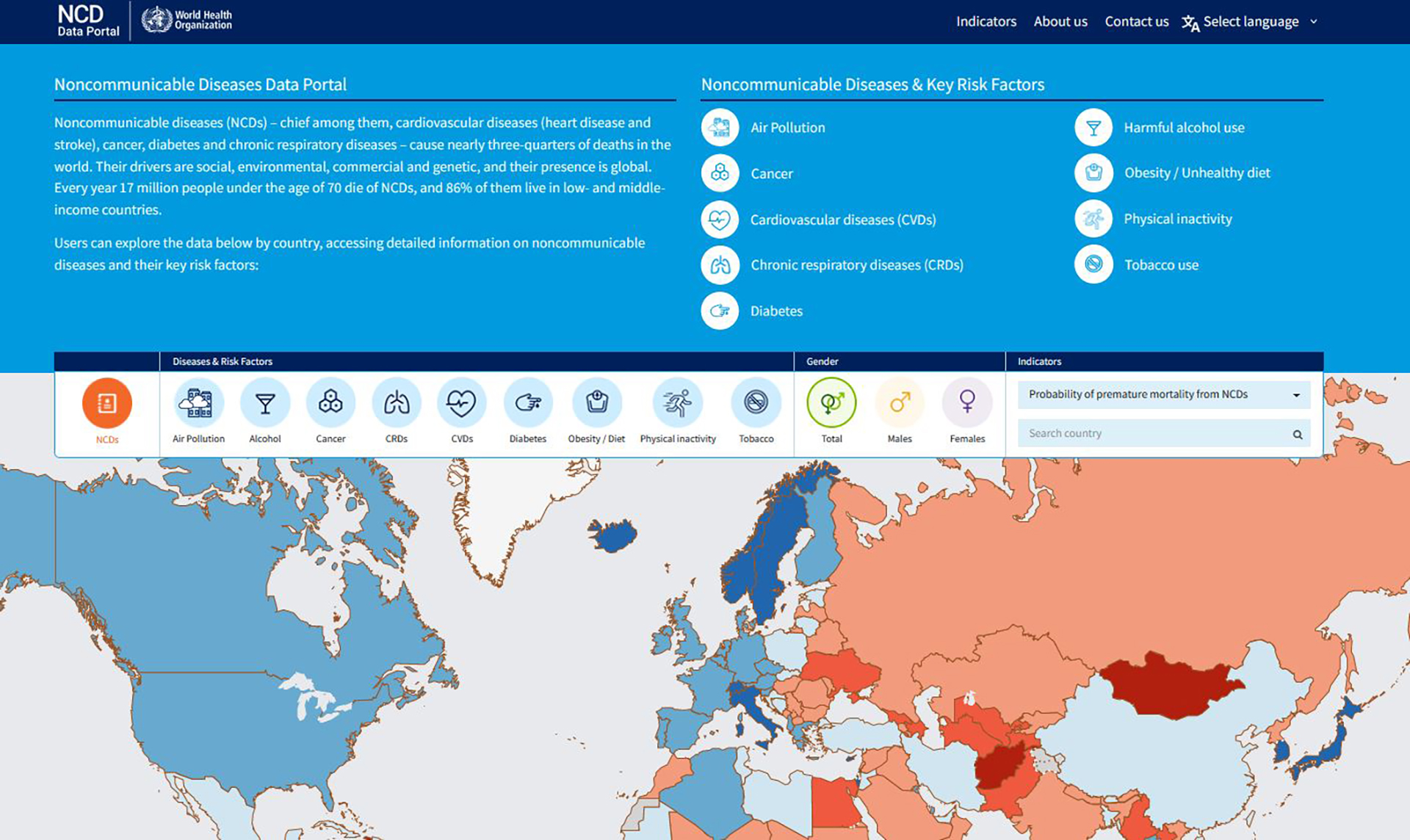Episode #123 - Asthma and you
Alternative media
Related links
Transcript
VGS Millions of people live with asthma and yet, many of them don’t know it. It is one of the most common conditions among children. Unfortunately it is also often unknown, underdiagnosed and undertreated. Here to talk about it is Dr. Sarah Rylance. Welcome Sarah. How would I know if I have asthma?
SR So asthma is one of the most common chronic conditions and it effects the airways in our lungs. These airways are a network of dividing tubes and they become smaller and smaller the deeper into the lungs that you go People who have asthma have particularly sensitive airways and they can become narrowed from time to time. Either due to a tightening of the muscles that surround the airways or due to swelling or inflammation of the lining of the airways. When the airways become narrow, then this causes symptoms, so cough, difficulty breathing, and wheezing. These symptoms are not there all of the time, they come and go but they are often worse at night or worse with exercise.
VGS Sarah, what are the treatments for asthma?
SR Asthma treatments work in two main ways. So, one is to open up the airways when they become tight by relaxing the muscles. This type of medicine is called a bronchodilator, or a reliever or rescue medicine, and it can be lifesaving if symptoms are very severe. The second type of treatment is a steroid medicine and that works to reduce the inflammation or the swelling inside the airways. It’s just as important as the bronchodilator. Both types of treatment should be given by an inhaler. This is the most effective way to get the medicine into the airways and the lungs, which is where it needs to be. Even though asthma is common and these two types of treatments have been around for a long time, WHO data shows that essential steroid inhalers are only available in about 40 per cent of low- and low-middle income countries. So, we know that many people still use old-fashioned and inappropriate treatments such as syrups or tablets instead of inhalers, which are less effective and they have more side effects.
VGS You know, my daughter lived in New Delhi from age two to age eleven and the air in New Delhi is very polluted and she developed asthma. So, talk to us about triggers for asthma. Is it air pollution, is it tobacco smoke? Is it allergies? Or is it all of them?
SR So, asthma can be triggered by many different things and its varying from person to person. Often triggers are something that we breathe into our airways, into the lungs and then it irritates the airways. So examples would be things like, cigarette smoke or dust, fumes, chemicals. You mentioned air pollution, this is a growing problem. People are exposed indoors, to smoke from cooking stoves for example, or outdoors, to emissions from cars, traffic, factories. Some people have allergies associated with their asthma and allergens such as tree or grass pollen or animal fur or feathers can make their asthma worse. Viral respiratory infections, changes in the weather, exercise, all of these things are also common triggers. So you can see there are a lot of different exposures that can make things difficult for people who are living with asthma.
VGS So talk to us about how we can manage our asthma.
SR People living with asthma can take several important steps to manage it. If I have asthma, firstly I need to recognize and monitor my symptoms and to identify the things that make my asthma worse. That will allow me to adjust my inhalers and also to take my inhalers proactively if I know that I’m going to be exposed to a trigger. Obviously it’s better to avoid triggers altogether but sometimes that’s just not possible. For example, if you have days with very high levels of air pollution or pollen. It’s important for me to understand how my different inhalers work and how to use them correctly. Many people with asthma have an asthma action plan provided by their doctor or nurse, which summarizes this information for them. It’s also important to have inhalers ready at hand so they’re available in case of worsening symptoms. So, for example, to have them readily available at school or if people are staying away from home.
VGS You know, it’s interesting that you say that, when our daughter was young, we made sure that the nurse in school knows about her allergies and her friends knew about it as well So it’s really good to hear about an asthma action plan for everyone who has asthma. And as she has grown she has needed less and less medicines. So, is there a cure for asthma?
SR So asthma is a chronic medical condition and there is no cure as such but often children’s asthma does get better as they get older. By properly managing the asthma and controlling triggers, then people can live symptom free. So, for example, learn the proper way to use the inhalers correctly, avoid tobacco smoke, and make sure that inhalers are available at all times. And if people feel comfortable with it, then please let the people that you work with or your teachers, your friends, your family, know what they can do to help you if you’re having an asthma attack. By knowing what to do and by taking action quickly, then people who are living with asthma can stay well and they can keep active.
VGS Thank you, Sarah. That was Science in 5 today. Until next time then, stay safe, stay healthy stay safe, stay healthy and stick with science.



